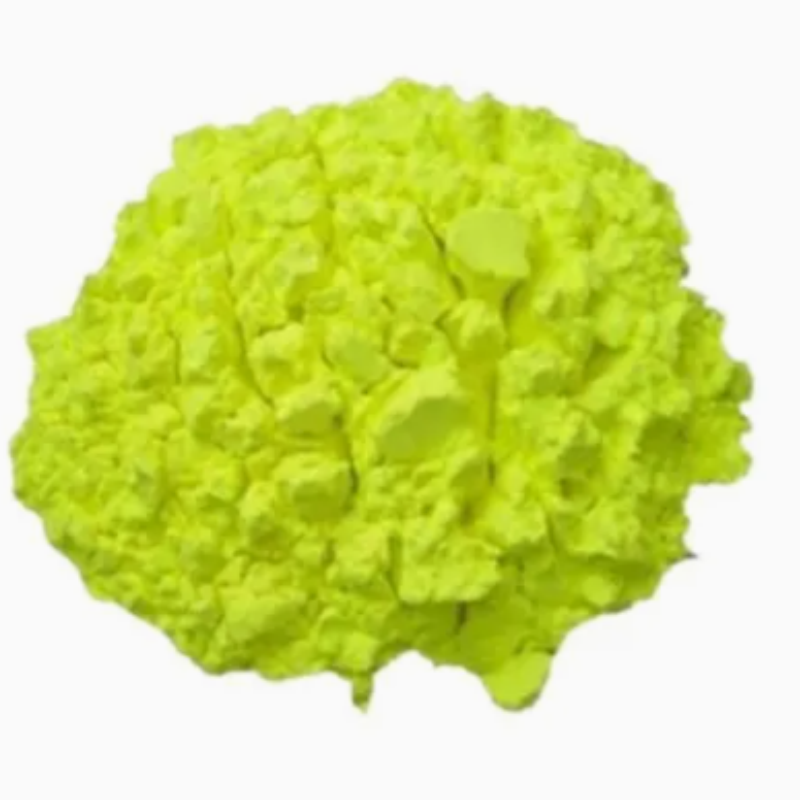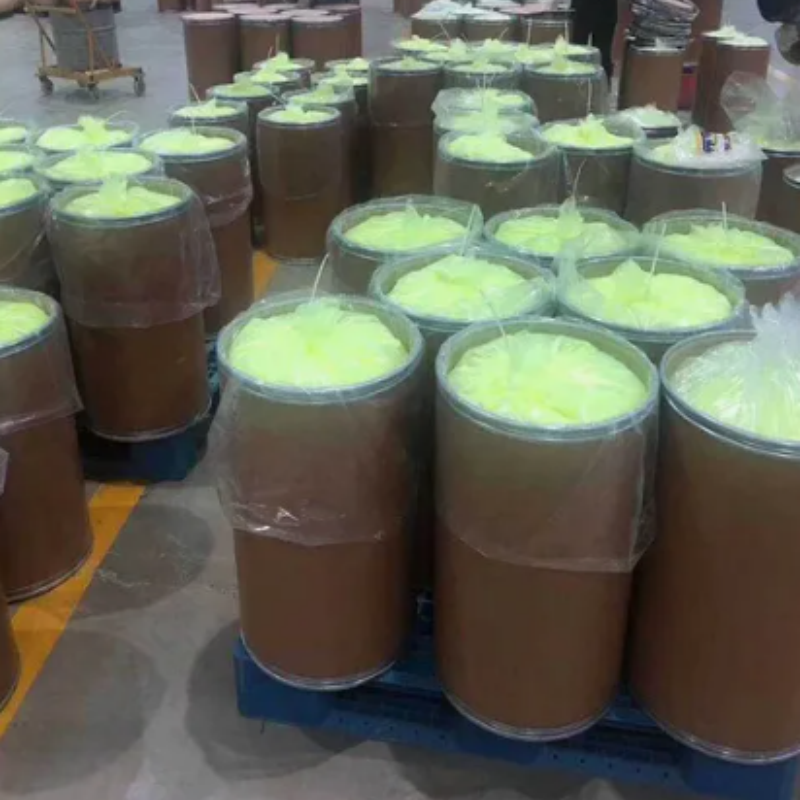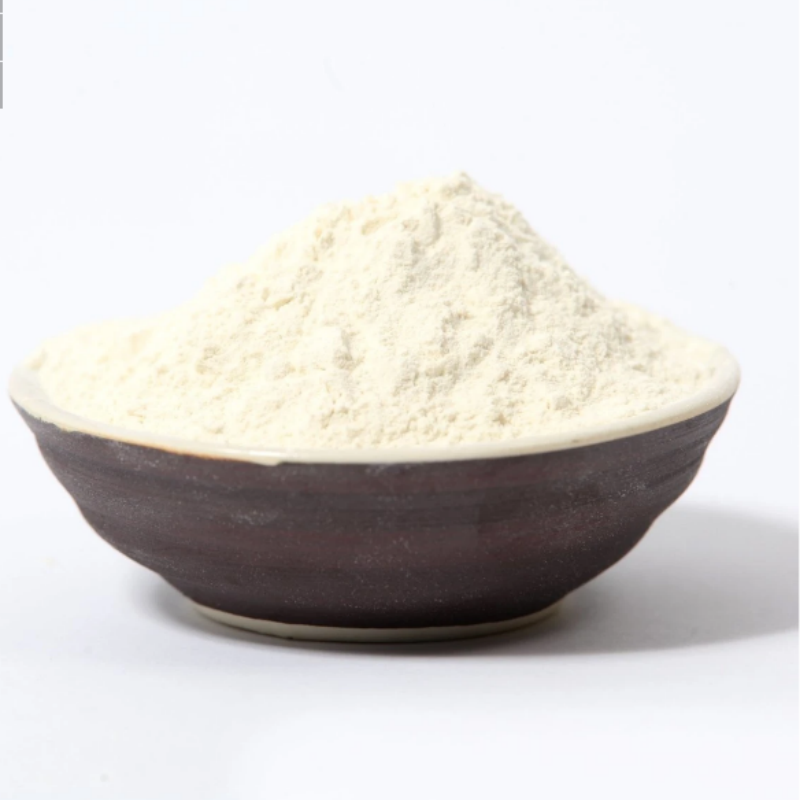-
Categories
-
Pharmaceutical Intermediates
-
Active Pharmaceutical Ingredients
-
Food Additives
- Industrial Coatings
- Agrochemicals
- Dyes and Pigments
- Surfactant
- Flavors and Fragrances
- Chemical Reagents
- Catalyst and Auxiliary
- Natural Products
- Inorganic Chemistry
-
Organic Chemistry
-
Biochemical Engineering
- Analytical Chemistry
-
Cosmetic Ingredient
- Water Treatment Chemical
-
Pharmaceutical Intermediates
Promotion
ECHEMI Mall
Wholesale
Weekly Price
Exhibition
News
-
Trade Service
Continuous Composites announced on March 17, 2021 that Saint-Gobain, a French multinational company and high-performance material distributor with a turnover of 38.
1 billion euros, has invested in the company's Continuous Fiber 3D Printing (CF3D) continuous composite material patent technology, continuous fiber 3D Development and commercialization of printing (CF3D?).
While investing, the two companies signed a joint development agreement to commercialize CF3D? ? CF3D? is a patented technology that combines high-performance continuous fibers with fast-curing thermosetting resins to economically manufacture complex composite structures.
CF3D? Consists of configurable hardware, proprietary software, and customizable materials for powerful, lightweight applications.
? As one of the oldest companies in the world, Saint-Gobain has a long history, which stems from technological advancement and more than 350 years of industry experience.
As a pioneer of innovation, Saint-Gobain provides high-value solutions in many industrial markets.
This strategic investment is an initiative of Saint-Gobain's external venture capital firm NOVA, which connects startups with the company's resources to cultivate their ideas and expand the company's scale.
Minas Apelian, vice president of internal and external adventure at Saint-Gobain, believes that this partnership will bring innovative solutions to customers.
Saint-Gobain’s investment gives Continuous Composites access to a wealth of resources and expertise in eight research centers around the world.
Tyler Alvarado, CEO of ContinuousComposites, said that the two companies will work together to establish CF3D as a basic technology for the AM 2.
0 industry.
? About Continuous Composites? Continuous Composites was founded in 2015 and is headquartered in Coeur d', Idaho Alene, has the world's earliest continuous fiber 3D printing (CF3D?) patent license.
CF3D? Provides the most advanced composite materials and additive manufacturing solutions, redefining mainstream manufacturing.
CF3D? Process uses 3D printing process to release the function of composite materials, in order to reduce the high cost, long delivery time and design constraints in traditional manufacturing.
CF3D? Brings a customizable fast-curing thermosetting material solution, which improves the utilization rate of composite materials.
? About CF3D? CF3D first starts with continuous dry fibers, and at the same time, the end effector is in-situ impregnated with a customizable fast-curing thermosetting resin.
The mixed material of fiber + resin is cured immediately after extrusion.
The end effector is moved by a motion platform driven by special software.
Parts are precisely printed and optimized using continuous fibers for maximum performance.
The entire technology includes the necessary hardware, materials, software, and motion platform.
? Advanced composite materials improve the performance and functionality of additive manufacturing.
Structural fibers (for example, carbon, glass, aramid) and functional fibers (for example, optics, metals) are printed in a single step process.
The polymer matrix material used in CF3D can adjust mechanical properties, heat transfer and environmental durability to meet various customer specifications.
The flexibility of materials provides users with unlimited material combinations.
? CF3D is an automated process that takes advantage of the true anisotropy of continuous fibers through discrete printing in the direction of the load condition.
Continuous composite material technology does not require molds, ovens and autoclaving processes, and directly realizes terminal production.
CF3D can merge multiple components into one printed part and embed functions, all of which can be completed in one manufacturing process.
The advantages of CF3D make the cost of finished composite parts doubled, and it will support no matter how large or small the parts are.
? CEO of Continuous Composites Tyler Alvarado said that their technology is not limited to 2D slicing printing, so they can make full use of the anisotropic properties of composite materials to lay oriented fibers in each direction; they can also adjust thermosetting resins for each customer’s application, such as lifting Modulus, or toughness, or even fire resistance.
CF3D can also use thermoplastic resins for printing, and even use thermosetting and thermoplastic materials for printing in the same structure.
CF3D can print carbon fiber, glass fiber, Kevlar fiber, and even metal wires (copper wires and nichrome wires) and optical fibers, all of which can be embedded in 3D printed composite structures.
This allows objects made of composite materials to sense and collect data in real time and become electronic devices to achieve monitoring functions.
? Antarctic Bear understands that CF3D technology manufactures complex designs developed by AutoDesk's AI-driven design software, and can make full use of the anisotropic characteristics of continuous fiber materials to optimize the load path.
The excellent trajectory control and high repeatability of the Comau robot, as well as the instant curing function of the thermosetting resin used in CF3D, enable the system to quickly print large complex structures and continuous fibers without support through free space, tubes, multi-layer carbon fiber panels and free space Material bridging.
1 billion euros, has invested in the company's Continuous Fiber 3D Printing (CF3D) continuous composite material patent technology, continuous fiber 3D Development and commercialization of printing (CF3D?).
While investing, the two companies signed a joint development agreement to commercialize CF3D? ? CF3D? is a patented technology that combines high-performance continuous fibers with fast-curing thermosetting resins to economically manufacture complex composite structures.
CF3D? Consists of configurable hardware, proprietary software, and customizable materials for powerful, lightweight applications.
? As one of the oldest companies in the world, Saint-Gobain has a long history, which stems from technological advancement and more than 350 years of industry experience.
As a pioneer of innovation, Saint-Gobain provides high-value solutions in many industrial markets.
This strategic investment is an initiative of Saint-Gobain's external venture capital firm NOVA, which connects startups with the company's resources to cultivate their ideas and expand the company's scale.
Minas Apelian, vice president of internal and external adventure at Saint-Gobain, believes that this partnership will bring innovative solutions to customers.
Saint-Gobain’s investment gives Continuous Composites access to a wealth of resources and expertise in eight research centers around the world.
Tyler Alvarado, CEO of ContinuousComposites, said that the two companies will work together to establish CF3D as a basic technology for the AM 2.
0 industry.
? About Continuous Composites? Continuous Composites was founded in 2015 and is headquartered in Coeur d', Idaho Alene, has the world's earliest continuous fiber 3D printing (CF3D?) patent license.
CF3D? Provides the most advanced composite materials and additive manufacturing solutions, redefining mainstream manufacturing.
CF3D? Process uses 3D printing process to release the function of composite materials, in order to reduce the high cost, long delivery time and design constraints in traditional manufacturing.
CF3D? Brings a customizable fast-curing thermosetting material solution, which improves the utilization rate of composite materials.
? About CF3D? CF3D first starts with continuous dry fibers, and at the same time, the end effector is in-situ impregnated with a customizable fast-curing thermosetting resin.
The mixed material of fiber + resin is cured immediately after extrusion.
The end effector is moved by a motion platform driven by special software.
Parts are precisely printed and optimized using continuous fibers for maximum performance.
The entire technology includes the necessary hardware, materials, software, and motion platform.
? Advanced composite materials improve the performance and functionality of additive manufacturing.
Structural fibers (for example, carbon, glass, aramid) and functional fibers (for example, optics, metals) are printed in a single step process.
The polymer matrix material used in CF3D can adjust mechanical properties, heat transfer and environmental durability to meet various customer specifications.
The flexibility of materials provides users with unlimited material combinations.
? CF3D is an automated process that takes advantage of the true anisotropy of continuous fibers through discrete printing in the direction of the load condition.
Continuous composite material technology does not require molds, ovens and autoclaving processes, and directly realizes terminal production.
CF3D can merge multiple components into one printed part and embed functions, all of which can be completed in one manufacturing process.
The advantages of CF3D make the cost of finished composite parts doubled, and it will support no matter how large or small the parts are.
? CEO of Continuous Composites Tyler Alvarado said that their technology is not limited to 2D slicing printing, so they can make full use of the anisotropic properties of composite materials to lay oriented fibers in each direction; they can also adjust thermosetting resins for each customer’s application, such as lifting Modulus, or toughness, or even fire resistance.
CF3D can also use thermoplastic resins for printing, and even use thermosetting and thermoplastic materials for printing in the same structure.
CF3D can print carbon fiber, glass fiber, Kevlar fiber, and even metal wires (copper wires and nichrome wires) and optical fibers, all of which can be embedded in 3D printed composite structures.
This allows objects made of composite materials to sense and collect data in real time and become electronic devices to achieve monitoring functions.
? Antarctic Bear understands that CF3D technology manufactures complex designs developed by AutoDesk's AI-driven design software, and can make full use of the anisotropic characteristics of continuous fiber materials to optimize the load path.
The excellent trajectory control and high repeatability of the Comau robot, as well as the instant curing function of the thermosetting resin used in CF3D, enable the system to quickly print large complex structures and continuous fibers without support through free space, tubes, multi-layer carbon fiber panels and free space Material bridging.







